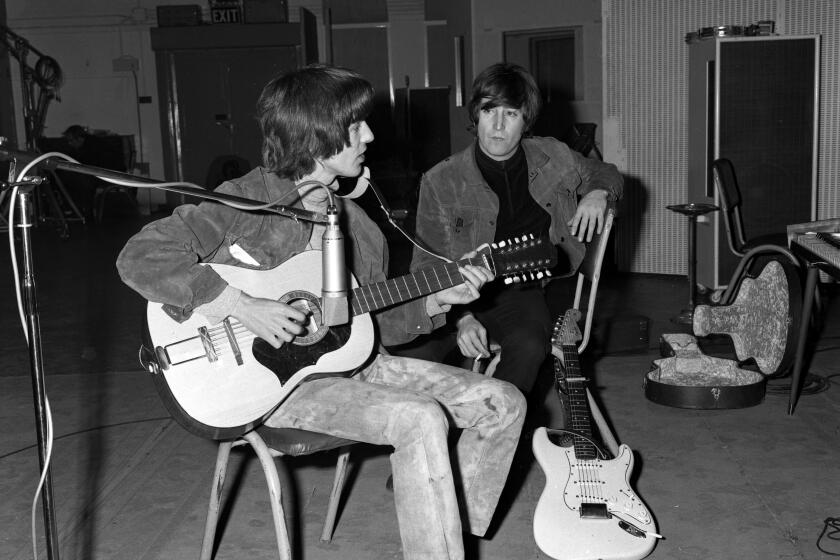Oil spill response defended
The head of the Coast Guard on Sunday defended his agency’s response to the oil spill in San Francisco Bay while pledging a full investigation.
“On the surface it would appear that we did everything by the book in this case as far as responding,” Adm. Thad Allen said while en route from Washington, D.C., to survey the damage. “We need to recover all the information, make sure all the facts are established.”
The Coast Guard has been criticized because of a lag of several hours between when agency officials learned that the spill was 58,000 gallons -- not 140 as initially reported -- and when that information was given to local officials and the public. The accident occurred at 8:30 a.m. Wednesday, and Coast Guard logs show that officials on the scene had made the assessment of 58,000 gallons by 4:49 p.m.
Allen said he didn’t learn the full extent of the spill until 9 p.m. Wednesday, around the same time as most everybody else. He said it was too soon to say what might have caused the crash of the cargo ship Cosco Busan into the San Francisco-Oakland Bay Bridge, leaving a gash nearly 100 feet long in the 926-foot vessel.
“We know that a good deal of marine accidents and casualties are human error,” Allen said.
He said the delay in reporting the extent of the spill did not necessarily suggest a delay in response, as Sen. Dianne Feinstein (D-Calif.) and other officials have alleged.
“It’s not clear to me right now that there is a linkage between the two,” he said. “We can’t rule it out” until all the facts have been determined, he added.
Coast Guard officials investigating the accident said Saturday that they had ruled out mechanical error.
The National Transportation Safety Board arrived in San Francisco on Sunday to launch its own investigation. That inquiry, which will include an examination of the Coast Guard’s initial response, could take up to a year, said Debbie Hersman, an NTSB spokeswoman.
Feinstein met with Coast Guard officials Sunday and said the system for responding to spills needed to be improved, especially communication between the agency and communities where toxic sludge began washing up on beaches shortly after the crash.
“There were a lot of unusual things such as weather, but that should not excuse this,” Feinstein said. “It’s clear that the cities around the bay should have been brought into this faster than they were.”
Allen said preliminary information suggests that it took time to determine the spill’s extent partly because sounding tubes used to measure fuel levels in the tank were damaged in the crash.
Allen also noted that visibility was poor, a quarter-mile to an eighth of a mile in the fog.
“You don’t turn 900-foot vessels on a dime, and given the visibility at the time I think it would be difficult to assess whether or not the bridge itself was visible,” he said.
More to Read
Start your day right
Sign up for Essential California for news, features and recommendations from the L.A. Times and beyond in your inbox six days a week.
You may occasionally receive promotional content from the Los Angeles Times.






